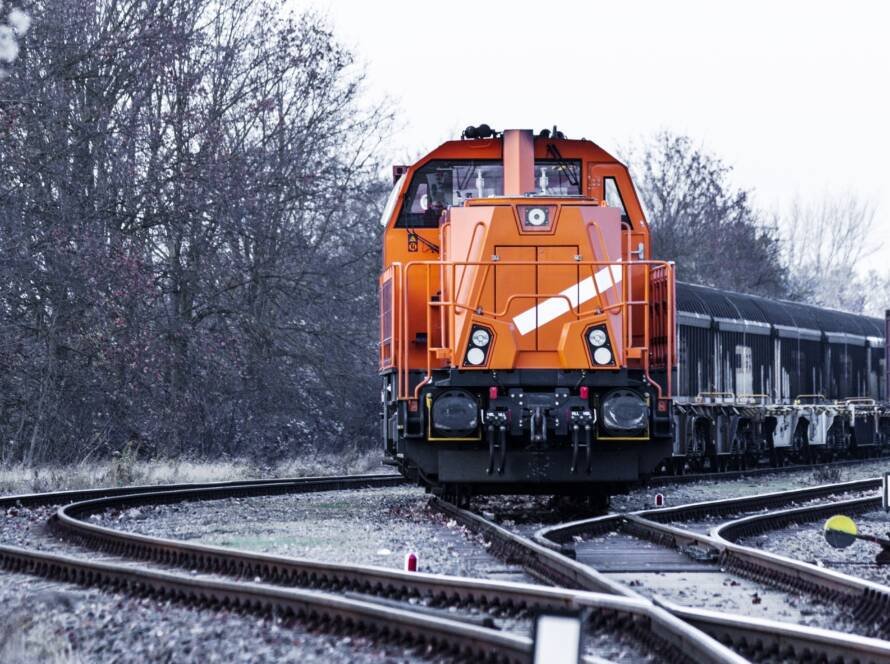QCFS TO CFS
CFS TO CFS means that the goods are received at the container freight station (CFS) at the departure place and then transported to the container freight station (CFS) at the destination. In this mode, both the shipper and the consignee need to arrange the transportation from the factory or warehouse to the CFS by themselves, and the carrier is responsible for the transportation between CFS
This method is applicable when both parties have their own transportation vehicles or cooperative logistics suppliers
DOOR TO DOOR
DOOR TO DOOR means that the carrier directly picks up the goods from the shipper’s factory or warehouse and transports them to the consignee’s factory or warehouse. In this mode, the carrier is responsible for the entire transportation, including inland transportation, customs declaration, sea transportation and other links
This method is applicable to customers who need one-stop service, especially small businesses and enterprises without their own logistics team
Curabitur varius eros et lacus rutrum consequat. Mauris sollicitudin enim condimentum, luctus enim justo non, molestie nisl.
Peter Bowman
Applicable scenarios and advantages and disadvantages
CFS TO CFS
Advantages: The shipper and consignee arrange local transportation by themselves, and can flexibly choose the most suitable logistics supplier to reduce costs.
Disadvantages: More coordination work is required, and the overall responsibility is dispersed.
Applicable scenarios: Both parties have their own transport vehicles or cooperative logistics suppliers.
DOOR TO DOOR
Convenience: The DOOR TO DOOR service provides a one-stop solution. The shipper only needs to hand over the goods to the transport service provider without worrying about the subsequent transportation details. The consignee can also receive the goods at the designated location without arranging a complicated pickup process by himself.
Clear responsibilities: Since the entire transportation process is handled by a service provider, once problems such as damage, loss or delay of the goods occur, the responsibility definition is relatively clear. Traders can communicate and resolve directly with the transport service provider, avoiding the situation of shirking responsibilities in multiple links.
Cost savings: By integrating the entire supply chain logistics, optimizing transportation routes and warehousing arrangements, reducing the time of goods in transit, and reducing inventory costs. In addition, the seller is responsible for the arrangement and management of the entire logistics process, avoiding additional logistics intermediary fees or transportation costs, and reducing the overall logistics costs of customers.
Improve efficiency: Professional logistics planning ensures timeliness, reduces the transit and waiting time of goods on the way, and speeds up delivery. Track cargo dynamics in real time to ensure safe and controllable transportation.
Reduce risks: Reduce cargo loading and unloading, transit times, and reduce the probability of damage or loss. A professional team is responsible for protection during transportation to ensure that the cargo is safely delivered to the destination.
Improve customer satisfaction: Provide end-to-end solutions to meet the needs of modern supply chains. The consignee can sign for the goods directly at their doorstep for a better experience. This one-stop service can improve customer satisfaction and establish long-term cooperative relationships.



